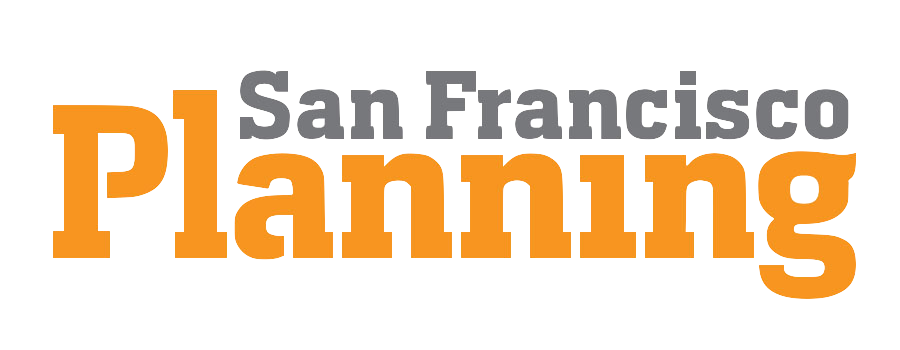TRAVEL DEMAND TOOL*
Residential
| Daily | PM Peak | |
|---|---|---|
| Residential (per bedroom) | ${res_tripgen_daily} | ${res_tripgen_PM} |
Office
| Daily | PM Peak | |
|---|---|---|
| Office (per 1k sqft) | ${off_tripgen_daily} | ${off_tripgen_PM} |
Retail
| Daily | PM Peak | |
|---|---|---|
| Retail (per 1k sqft) | ${ret_tripgen_daily} | ${ret_tripgen_PM} |
Restaurant
| Daily | PM Peak | |
|---|---|---|
| Quality Sit-down (per 1k sqft) | ${rest_tripgen_daily} | ${rest_tripgen_PM} |
| Composite (per 1k sqft) | ${comp_tripgen_daily} | ${comp_tripgen_PM} |
Supermarket
| Daily | PM Peak | |
|---|---|---|
| Supermarket (per 1k sqft) | ${sup_tripgen_daily} | ${sup_tripgen_PM} |
Hotel
| Daily | PM Peak | |
|---|---|---|
| Hotel (per room) | ${hot_tripgen_daily} | ${hot_tripgen_PM} |
Trip generation, distribution and mode share
This tool estimates the number, type and common destinations of new trips that people would take to and from a new development project. The estimates are for daily and for extended weekday peak hour within the p.m. peak period (3 to 7 p.m.). For daily travel estimates, all estimates are based on observations made during the entire day. For p.m. peak hour travel, trip generation rates for the p.m. peak hour are estimated using observations collected during the peak hour within the p.m. peak period. Origins, destinations, and other factors concerning travel are estimated from observations during the 4-hour p.m. peak period (3 to 7 p.m.). The following are some key terms:
- Trip Generation The number of person trips that the tool estimates people would take to (inbound) and from (outbound) a new development project, by trip purpose (work, non-work, or total).
- Ways People Travel also known as mode split. The way or method people use to travel between destinations (e.g., walking, bicycling, transit, etc.). The tool estimates the percentages of transit, driving, or for-hire vehicle (i.e., taxi or transportation network company) people would take to (inbound) and from (outbound) a new development project, by trip purpose (work, non-work, or total).
- Commmon Origins and Destinations also known as trip distribution. The number of trips people would take to (inbound) and from (outbound) a new development project and another place (e.g., downtown), by trip purpose (work, non-work, or total). The tool distributes transit, driving, or for-hire vehicle trips into eight San Francisco neighborhoods, east bay, north bay, and south bay.
How to Use This Tool
This tool estimates the number, type and common destinations of new trips that people would take to and from a new development project. The estimates are for daily and for weekday PM peak hour.- Please enter the project address in the entry bar.
- Enter project attributes by selecting the project’s appropriate land use types and filling in the amount of land use (e.g., number of units, gross square footage, etc.).
- Select travel attributes that you wish to query and display:
- Mode (e.g., All Auto Trips, Transit Trips, or TNC/Taxi Trips).
- Purpose (e.g., Work Trips, Non-Work Trips, or All Trips).
- Direction (e.g., Inbound or Outbound Trips to the Project Site).
- Time period (e.g., Daily or PM Peak).
- Level of Trip Distribution (e.g., District, Place Type, City).
- Click on the “Download Data” button to retrieve the outputs in a spreadsheet form to save for your records.
- Click on “Reset All” to start over.
Note: Move your mouse cursor over the various neighborhoods on the map interface to see the results of your selections (filtered person trips, vehicle trips, and average vehicle occupancy) displayed per district (or selected level of distribution) located in the right corner of the map interface.
